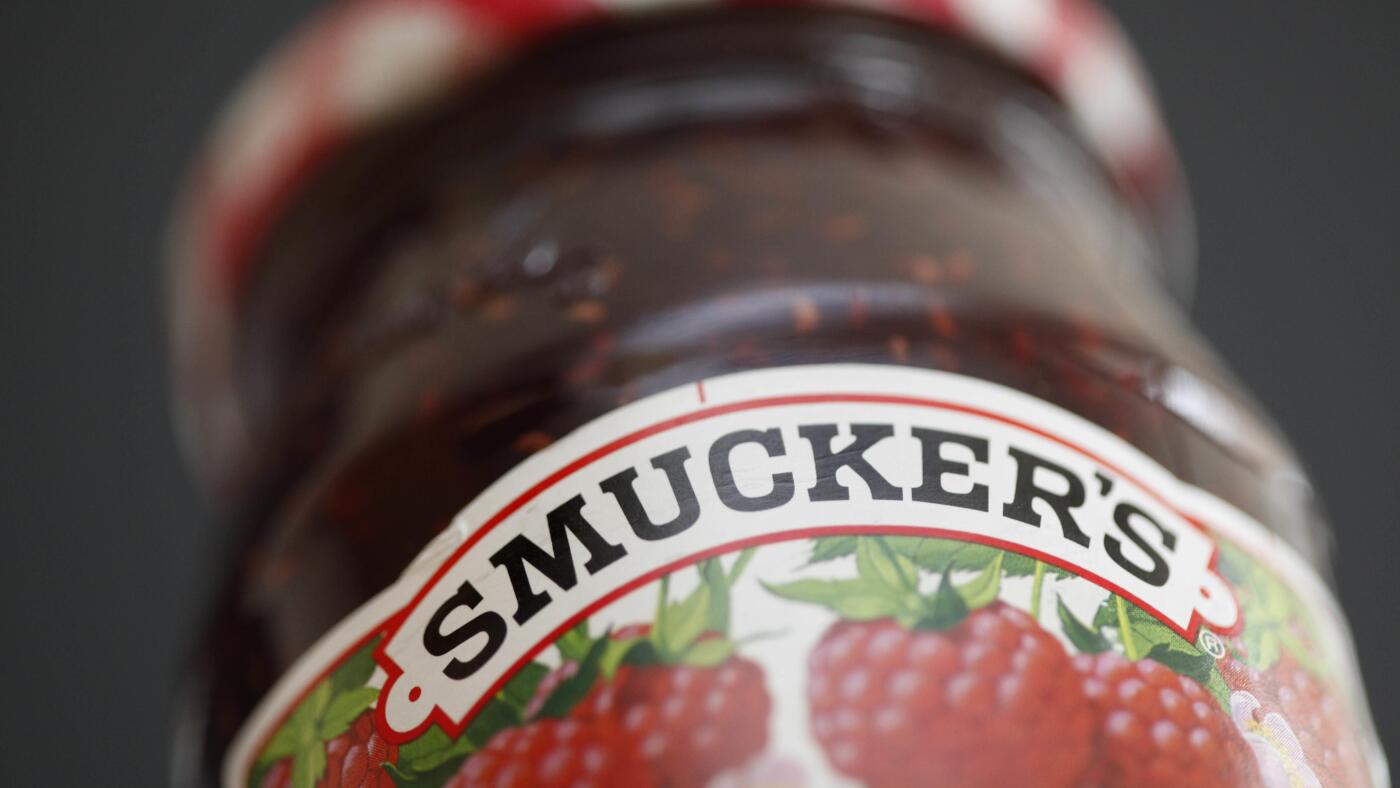The J.M. Smucker Company, a well-established food manufacturer based in Ohio, has made a significant announcement regarding its ingredient policy. By the end of 2027, the company plans to eliminate all artificial colors, specifically synthetic dyes, from its product lineup. This commitment extends to foods sold in K-12 schools, with an earlier target date set for the 2026-2027 school year. This decision is part of a broader trend in the food industry toward cleaner labels and more natural ingredients, driven by consumer demand and regulatory pressures.
Understanding the Scope of the Change
Smucker’s initiative is a substantial shift, particularly given the company’s diverse product portfolio, which includes jams, peanut butter, ice cream toppings, and coffee. Currently, a majority of Smucker’s products, such as Uncrustables sandwiches, are already free from synthetic dyes. However, some product lines, including certain jams, sugar-free fruit spreads, and selected toppings, still contain artificial colors. The company’s plan involves phasing out these synthetic dyes over the next few years, aligning with the growing consumer preference for natural ingredients.
Artificial colors, particularly certified food colors regulated by the FDA, have faced scrutiny due to potential health concerns. Studies have linked these additives to hyperactivity in children and allergic reactions in some consumers. By removing these colors, Smucker is demonstrating a commitment to transparency and responding to evolving market preferences. This move is not just about removing synthetic dyes but also about enhancing the perceived healthfulness and appeal of its products.
Driving Factors Behind Smucker’s Decision
Several key factors are likely influencing Smucker’s decision to eliminate artificial colors:
Challenges in Removing Artificial Colors
Replacing synthetic dyes is a complex process that involves more than simply removing one ingredient. Key challenges include:
– Finding Suitable Natural Alternatives: The natural food colorings industry relies on sources like fruits, vegetables, beet juice, and even insects (like cochineal extract). However, these alternatives may face limitations in availability, stability, cost, and color intensity, especially given the large scale of production required by a company of Smucker’s size. Finding natural colorants that meet the company’s quality standards and consumer expectations is a significant hurdle.
– Preserving Product Quality: Color contributes to consumer perception of freshness and flavor. Reformulating to natural colors can impact texture, shelf life, and taste, necessitating rigorous product testing and possible recipe adjustments. Ensuring that the final product meets consumer expectations while maintaining its appeal is a critical challenge.
– Supply Chain Adjustments: Sourcing natural colorants at the scale Smucker requires demands strong supplier relationships and potentially new logistics for raw materials. The company must ensure a consistent and reliable supply of natural colorants to meet production needs without compromising quality or increasing costs.
Impact on Consumers and the Food Industry
For consumers, Smucker’s elimination of artificial colors is likely to enhance the perceived healthfulness and appeal of its products. Parents selecting lunchbox items or snacks may be reassured by products free from synthetic dyes, especially for children with sensitivities or concerns about behavioral effects. This move can build trust and loyalty among health-conscious consumers, who are increasingly scrutinizing product labels.
In the broader food industry, Smucker’s commitment adds momentum to a growing wave of reformulations prioritizing natural ingredients. It may encourage other companies to accelerate their own dye-removal initiatives, fostering innovation in natural colorant production and application technologies. This trend toward cleaner labels and more natural ingredients is reshaping the food industry, with companies increasingly focusing on transparency and health-conscious product profiles.
Smucker as a Leader in Food Ingredient Transparency
While not the first to eliminate artificial colors, Smucker’s plan is notable given its portfolio size and product diversity—from jams to peanut butter and coffee. The company’s transparent articulation of its timeline and focus on K-12 school food products demonstrates strategic responsiveness to public health concerns and institutional food service expectations. By setting a clear timeline and communicating its commitment, Smucker is positioning itself as a leader in food ingredient transparency.
Conclusion: A Strategic Shift Toward Cleaner, More Natural Food Products
J.M. Smucker’s announcement to remove artificial colors from its products by the end of 2027, with a faster timeline for K-12 food products, represents a strategic and consumer-responsive move. It reflects broader shifts in food manufacturing toward natural ingredients and healthier product profiles. While challenges in reformulation and sourcing natural dyes remain, the commitment paves the way for innovation and adaptation in a food industry increasingly defined by transparency and clean labels. For consumers, this means access to familiar brands with cleaner ingredients—a change that balances tradition with modern health trends and regulatory landscapes. Smucker’s initiative is a significant step toward a healthier and more transparent food future.











